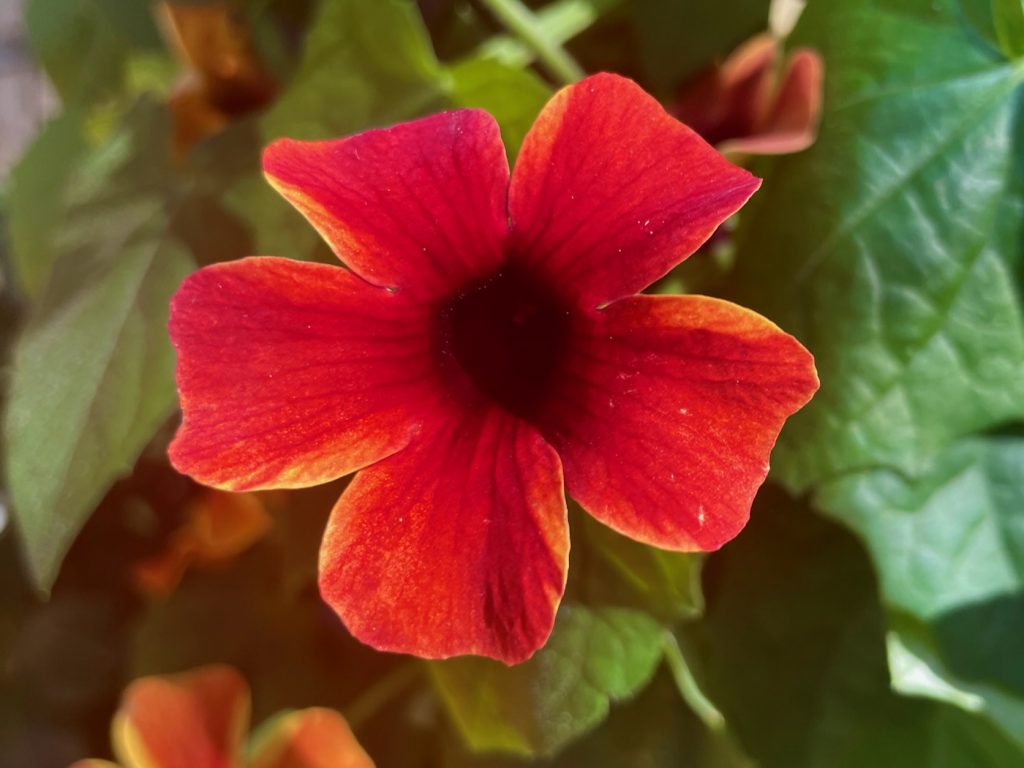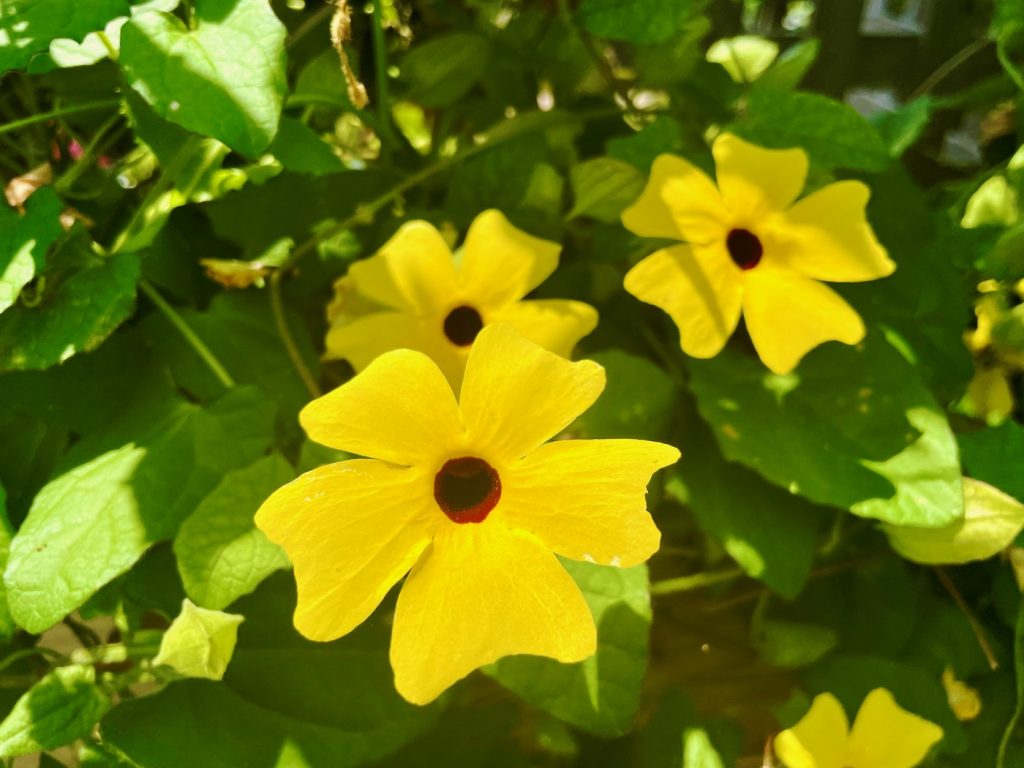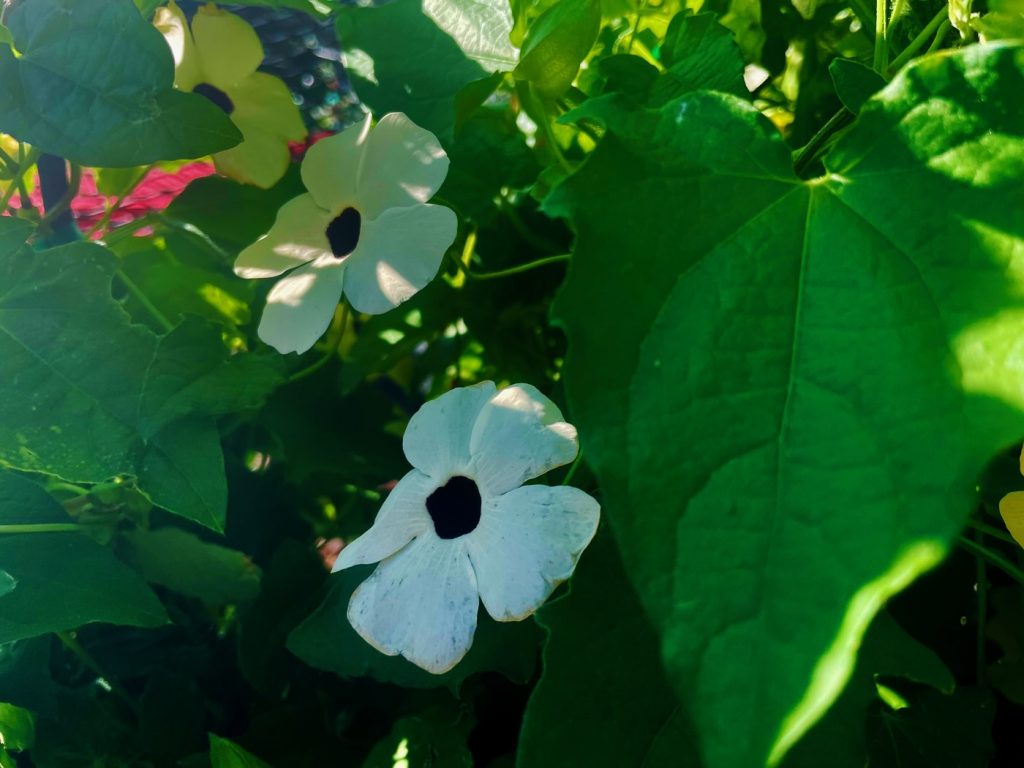Cestrum aurantiacum: Exploring the Beauty of Orange Jessamine and its Cultivation
Background and Family: Cestrum aurantiacum, commonly known as Capraria Lanceolata, Orange Cestrum, Orange Jessamine, Night-blooming Jasmine, Yellow Shrub Jessamine, Orange-flowering Jessamine, or Yellow Cestrum, is a tropical plant native to South America. It belongs to the Solanaceae family, which includes other well-known plants like tomatoes and potatoes.
Characteristics and Description: Cestrum aurantiacum exhibits a unique blend of characteristics that make it a visually appealing plant. Here are some notable features:
Growth Habit: This plant can either be a scrambling vine or a bushy evergreen shrub, adapting to its surroundings with flexibility. It can reach a height of up to 10 feet, forming a well-branched, dense structure in tropical climates.
Leaves: The oval or lance-shaped leaves of Cestrum aurantiacum are glossy green, contributing to the plant’s overall lush appearance. These evergreen leaves remain vibrant throughout the year.
Flowers: The blooming season of Cestrum aurantiacum spans from spring to summer, continuing until the arrival of frost in temperate zones. The flowers, which are tubular in shape, grow in terminal clusters. Their enchanting orange color adds vibrancy to any landscape. Additionally, these flowers emit a delightful fragrance, particularly noticeable during the evening hours. The captivating aroma attracts various pollinators, including hummingbirds, butterflies, and other insects. After the flowering period, the plant produces grayish-white fruits, which add further visual interest.
Cultivation of Cestrum aurantiacum:
To successfully cultivate Cestrum aurantiacum, consider the following aspects:
Sunlight: Plant Cestrum aurantiacum in a location that receives partial shade, especially in regions with intense heat. While it can tolerate full sun, providing some shade will prevent excessive stress on the plant.
Watering: Regular watering is essential, particularly during the first year after planting. Ensure the soil is consistently moist, but avoid overwatering. Allow the top inch of soil to dry out before watering again.
Soil: Cestrum aurantiacum thrives in moist and fertile soil that offers excellent drainage. Well-drained soil prevents waterlogging, which can lead to root rot and other issues.
Pests and Diseases: Cestrum aurantiacum is generally resistant to pests and diseases. However, it can occasionally face challenges from scale, mealybugs, and spider mites. If infestations occur, treating the plant with insecticidal soap or neem oil can effectively address the issue.
Pruning: Pruning can be performed on Cestrum aurantiacum to maintain its shape or control its size. Additionally, pruning encourages new growth and helps keep the plant looking tidy and well-maintained. Spring is an ideal time for pruning.
Propagation: Cestrum aurantiacum can be propagated through two primary methods: seeds and cuttings. While germinating seeds can take up to two weeks, propagating from cuttings is often more straightforward and reliable. To propagate from cuttings, select a healthy stem approximately 4 inches long, remove the lower leaves, and plant the cutting in well-drained soil. Keep the soil consistently moist, and within approximately two weeks, the cutting will develop roots.
Caution:
It is important to note that Cestrum aurantiacum is poisonous to humans and animals if ingested. Exercise caution when handling this plant, especially if you have children or pets. Despite its toxicity, Cestrum aurantiacum is used in traditional medicine in Peru for its potential medicinal properties.
By following the guidelines for cultivation and care, you can enjoy the beauty of Cestrum aurantiacum, with its stunning orange flowers and captivating fragrance, while creating a safe and welcoming environment for pollinators in your garden or landscape.
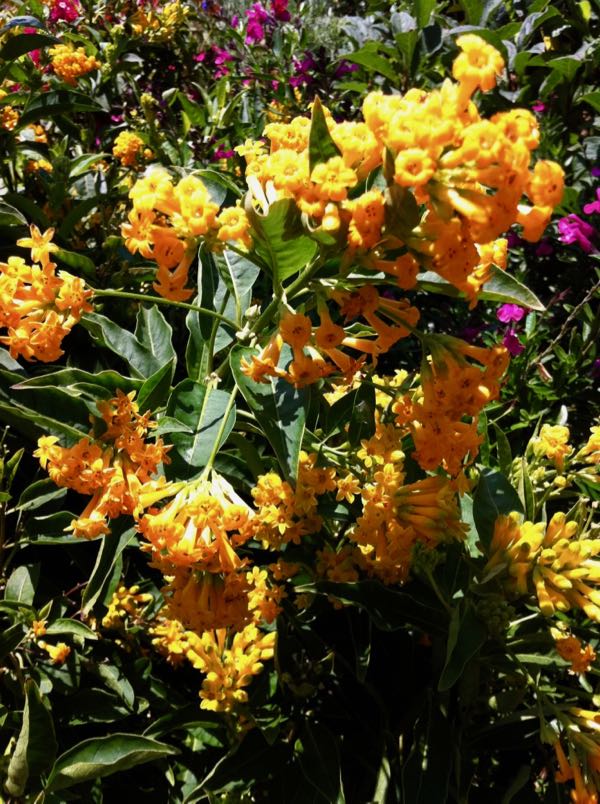
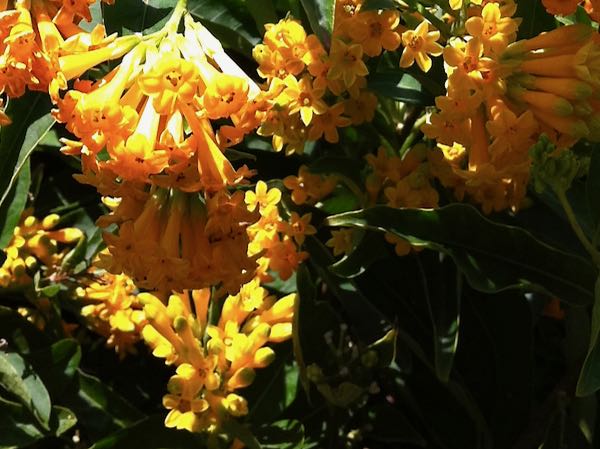
Also, read about Cestrum parqui or Cestrum elegans.

